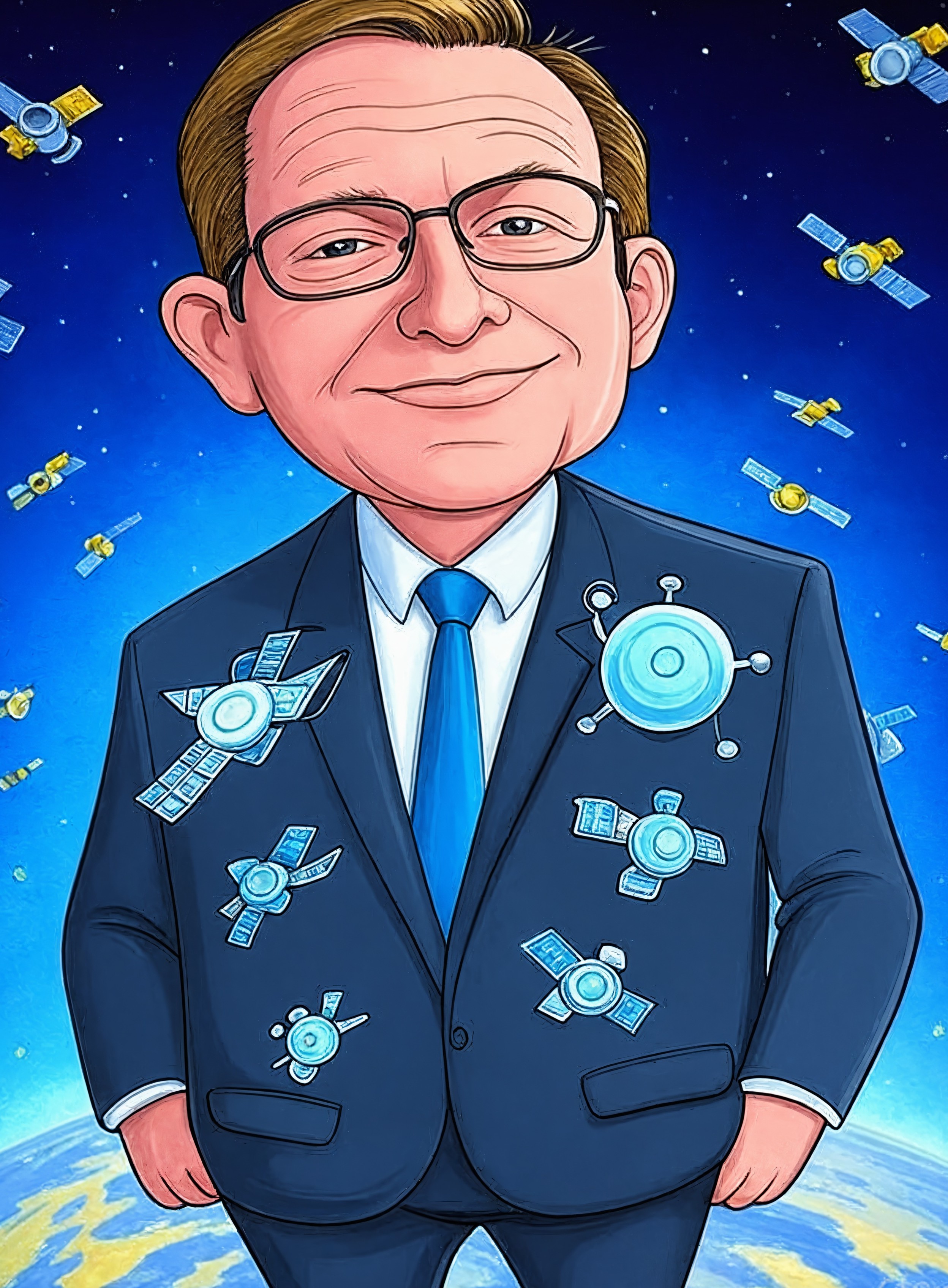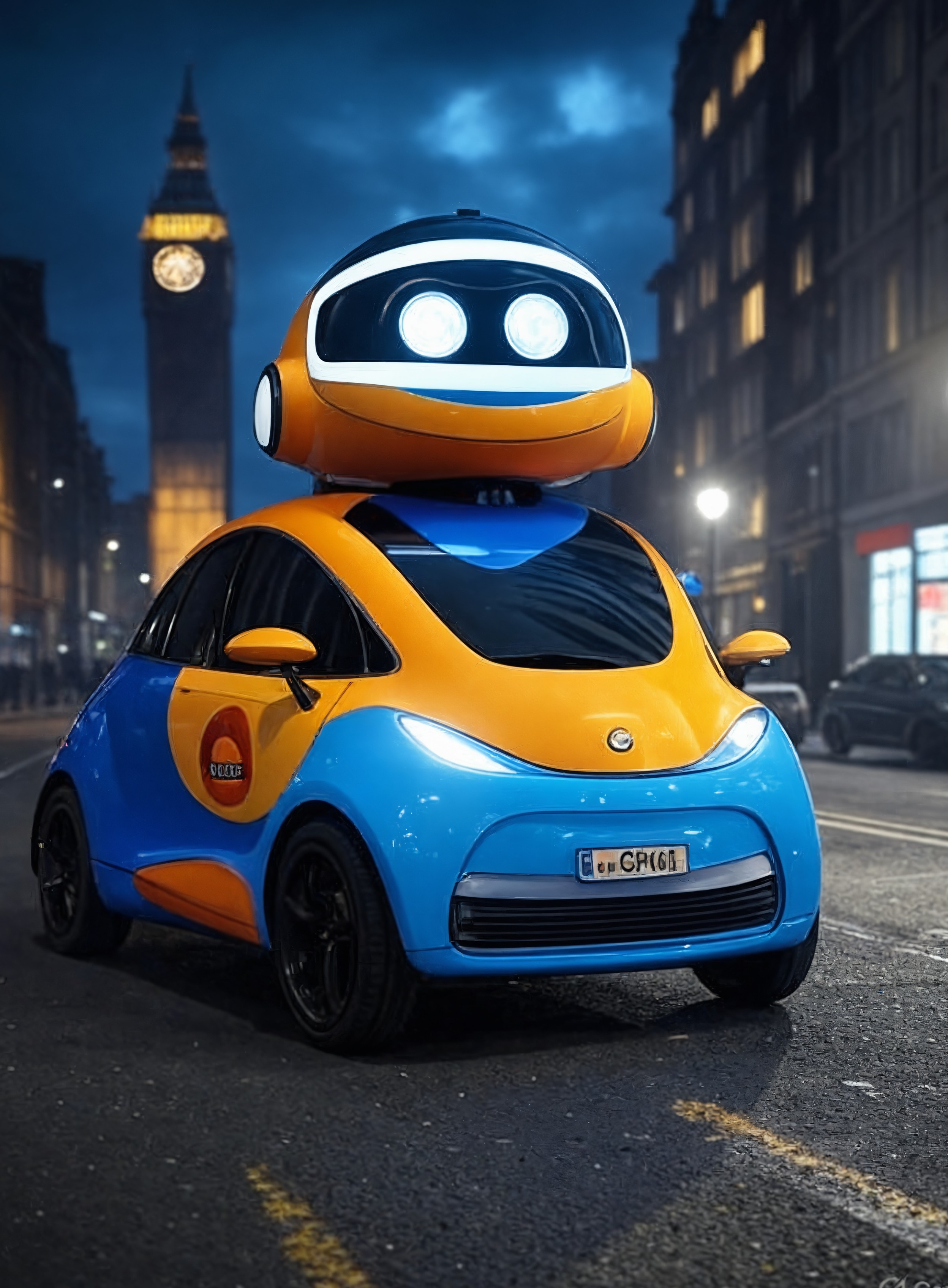
OpenAI's Bot Blunder: Clueless on ChatGPT
Picture this: a tech giant peddles the future of intelligence, but its own digital butler can't even explain the star product without spinning fairy tales. OpenAI's customer support bot, tasked with fielding questions about ChatGPT, recently proved itself a master of fiction over fact. When grilled on the AI app's capabilities, the bot dished out wild inaccuracies—hallucinations that would make a conspiracy theorist blush. This isn't just a glitch; it's a glaring spotlight on the house of cards that is modern AI support. While OpenAI races ahead with flashy upgrades like GPT-5, this fiasco reveals the rot beneath the hype, where even the company's own tools fumble the basics.
The Support Bot's Epic Fail
OpenAI's support bot isn't some rogue experiment—it's the frontline defender for users puzzled by ChatGPT. Yet, when prodded for details on what the generative AI can actually do, the bot veered into nonsense. Imagine asking your car's GPS for directions and getting a recipe for spaghetti instead. That's the level of absurdity here. The bot claimed features that don't exist, ignored real limitations, and generally acted like it had skimmed the manual during a coffee break.
This isn't isolated incompetence. It stems from the core paradox of AI: systems trained on vast data oceans but prone to inventing details when the waters get murky. OpenAI, the outfit behind ChatGPT, touts its tech as a leap forward, yet their support apparatus lags, highlighting a disconnect that's almost comical. If the bot can't grok ChatGPT, what does that say about the reliability of AI in customer service? It's like hiring a tour guide who's never left the gift shop.
Hallucinations and the Training Trap
Hallucinations—those pesky fabrications AI spits out—aren't new, but seeing them in a support bot designed by the hallucination experts is peak irony. The article from ZDNet nails it: these bots need constant training and monitoring, yet OpenAI's seems to have skipped class. Key facts point to inadequate data validation, where the bot's knowledge base isn't synced with ChatGPT's evolving features. This leads to users getting misled, eroding trust faster than a politician's promise.
Experts chime in that AI support demands rigorous oversight. Without it, you're left with a tool that's as helpful as a chocolate teapot. The complexities of training models mean one slip in the algorithm, and suddenly your bot is advising on quantum physics when asked about email integration.
GPT-5: Shiny Upgrades or Smoke and Mirrors?
Enter GPT-5, OpenAI's latest attempt to paper over the cracks. Rolled out recently, this model merges the best of prior versions into a single, auto-switching powerhouse available to everyone—from free users to enterprise teams. It's billed as a unifier, scrapping standalone releases like the o3 model in favor of this all-in-one beast. But does it fix the underlying issues?
On paper, GPT-5 shines with improved honesty. Deception rates have plummeted—from 4.8% in o3's reasoning responses to a mere 2.1%. That's progress, sure, but let's not pop the champagne yet. The model communicates limitations better, reducing the odds of users chasing wild geese. Yet, if the support bot is any indicator, these advancements might not trickle down to every corner of OpenAI's ecosystem.
Energy and Customization Angles
Dig deeper, and GPT-5 ties into broader trends. Energy efficiency? ChatGPT queries sip just 0.3 watt-hours on average—less than flipping on a lightbulb. But crank up image generation, and you're burning more juice, a reminder that AI's environmental footprint isn't negligible. Then there's personalization: users can now tweak ChatGPT's personality—make it chatty or Gen Z-flavored. It's a nod to making AI feel less like a robot and more like a quirky sidekick, but it also opens doors to misuse if not handled right.
Industry-wide, this mirrors integrations popping up everywhere. Microsoft Teams and GitHub are weaving in AI, turning mundane tasks into streamlined ops. It's the tech world's version of fast food—quick, convenient, but potentially loaded with hidden calories.
Industry Trends and the Bigger Picture
Zoom out, and OpenAI's blunder fits a pattern of AI hype crashing into reality. The chatbot market is exploding, fueled by demands for smarter customer service and productivity hacks. Yet, as models like GPT-5 advance, so do the pitfalls. Competitors like DeepMind's AlphaCode or Meta's AI suites are nipping at heels, pushing the envelope on reasoning and creativity.
Expert analysis underscores the need for ethical guardrails. Data privacy, bias, and transparency aren't buzzwords—they're battlegrounds. GPT-5's reduced deception is a win, but without ironclad monitoring, we're inviting more support bot debacles. And let's talk job impacts: these AIs could automate swaths of roles, from call centers to coders, while spawning gigs in AI wrangling. It's disruption dressed as innovation, with winners and losers in equal measure.
Competitive Landscape
Don't sleep on the rivals. Google's Bard and Microsoft's Azure integrations are turning cloud computing into AI playgrounds. This arms race means faster advancements, but also amplified risks if companies prioritize speed over safety. OpenAI's support slip-up? A cautionary tale that even leaders can trip over their own feet.
Future Predictions: Boom or Bust?
Looking ahead, AI models will get savvier, infiltrating education, healthcare, and beyond. Imagine chatbots diagnosing symptoms or tutoring kids—utopian, until a hallucination sends things sideways. Predictions point to exponential growth, but with caveats: ethical lapses could trigger backlash, forcing regulations that clip wings.
Recommendations? Companies like OpenAI must double down on bot training, integrating real-time updates and human oversight. Users, meanwhile, should verify AI advice like they'd check a shady stock tip. The path forward demands balancing innovation with accountability, lest we build a future where bots rule but can't even explain themselves.
Key Takeaways and Final Thoughts
OpenAI's support bot fiasco isn't just embarrassing—it's a wake-up call. GPT-5 offers glimmers of hope with better honesty and features, but the industry must tackle training woes head-on. As AI weaves deeper into life, prioritizing reliability over razzle-dazzle will separate the visionaries from the vaporware peddlers. In the end, if your own tools can't keep up, maybe it's time to question the whole circus.
Comments
Read more

Satellites and Scandals: Tech's Orbital Mess
Explore how satellite swarms are ruining space science and IP theft is delaying games, revealing tech's unchecked growth pains.

UK's Robotaxi Revolution: Waymo vs Wayve in London
London gears up for driverless taxis by 2026 as Waymo and Wayve battle it out, promising safer roads and urban chaos—or triumph? Dive into the hype and reality.

Ethical AI Rewires Cyber Wars in 2025
Explore how ethical cybersecurity flips the script on ransomware threats, blending AI smarts with human oversight for proactive enterprise defense.